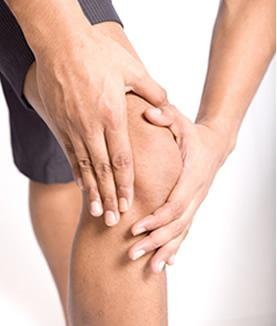 Pain that is sourced at the feet can often occur in remote areas of the body, particularly in muscles, tendons and joints. For example, if a person experiences recurring back, knee or hip pain, the solution to that pain may be found through a closer examination of how the person’s gait, balance and stance. In an article published in “Podiatry Today”, George Trachtenberg, DPM, stated that when lower back pain is not caused by direct injury or congenital problems it may often result from abnormal gait. Additionally, he mentioned that early flexion of the knee, hip, back and cervical spine may lead to repetitive motion injuries. According to Dr. Trachtenberg, the use of an appropriate orthotic device helps to eliminate abnormal compensations and improves function in such cases. Thus, pain related to gait can occur in numerous joints, which can be relieved through the use of foot orthotics accurately designed to restore balance. Prescription foot orthotics have the ability to restore the body’s natural balance and, thus, improve how it functions.
Pain that is sourced at the feet can often occur in remote areas of the body, particularly in muscles, tendons and joints. For example, if a person experiences recurring back, knee or hip pain, the solution to that pain may be found through a closer examination of how the person’s gait, balance and stance. In an article published in “Podiatry Today”, George Trachtenberg, DPM, stated that when lower back pain is not caused by direct injury or congenital problems it may often result from abnormal gait. Additionally, he mentioned that early flexion of the knee, hip, back and cervical spine may lead to repetitive motion injuries. According to Dr. Trachtenberg, the use of an appropriate orthotic device helps to eliminate abnormal compensations and improves function in such cases. Thus, pain related to gait can occur in numerous joints, which can be relieved through the use of foot orthotics accurately designed to restore balance. Prescription foot orthotics have the ability to restore the body’s natural balance and, thus, improve how it functions.
A foot where the arch falls excessively forces the posterior tibial tendon to dysfunction and fail to hold up the arch, which results in flat feet. This can lead to heel pain, arch pain, plantar fasciitis and/or heel spurs. With post-tibial tendonitis, pain will be more severe upon weight bearing, especially while walking or running. Orthotics that reduce pronation can provide a long-term solution. The orthotic should also be designed with materials to comfort the foot and absorb shock.
Medial tibial stress syndrome, “shin splints”, refers to pain along the inner edge of the tibia (shinbone). Shin splints are a common exercise-related problem from which inflammation of the muscles, tendons, and bone tissue around the tibia occur. People who have flat feet or recurrent problems with shin splints often benefit from prescription foot orthotics. Properly fitted foot orthotics align and stabilize the feet and ankles, taking stress off the lower leg.
